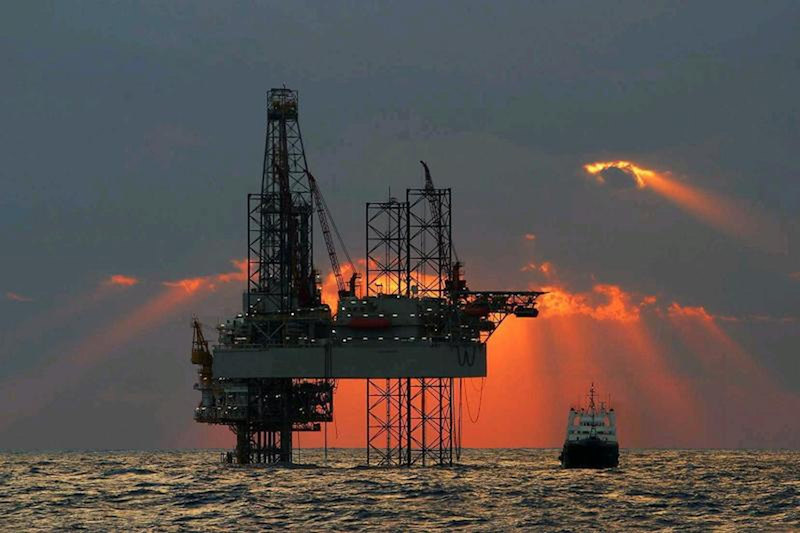Bureau of Safety and Environmental Enforcement (BSEE) Director Scott Angelle met with staff and offshore energy representatives at key meetings in the Gulf of Mexico region recently to underscore the importance of safe and environmentally sustainable operations. He delivered remarks at both the International Association of Drilling Contractors (IADC) Well Control Conference in Galveston, Texas and the Deepwater Technical Symposium in New Orleans.
“The Bureau has heard what our stakeholders were saying and as a result, we are driving improved safety performance and environmental stewardship on the Outer Continental Shelf,” said director Angelle during his remarks at IADC. “Every offshore worker plays a critical role in keeping offshore oil and gas operations safe and environmentally sustainable; I want to make sure they know BSEE has made some significant improvements under the current administration but we are far from finished.”

Bureau of Safety and Environmental Enforcement (BSEE) Director Scott Angelle.
Angelle’s comments at the conferences highlighted BSEE’s current initiatives designed to improve safety and environmental sustainability on the Outer Continental Shelf (OCS). Highlights included the 21.5% increase in overall inspections offshore since 2016; safety initiatives, which have increased by 54.5%; environmental initiatives, which have increased by 433%; and the number of safety alerts and bulletins BSEE has shared with the offshore industry, which have increased by 214%.
“Tools like BSEE’s risk-based inspections, the SafeOCS near-miss reporting system, and the BSEE!Safe text messaging service are positively impacting the safety of offshore energy production,” said Angelle. “We are making these impacts through innovation and collaboration, which are part of BSEE’s New Era of Management.”
A key strategy of the New Era of Management is the Risk-Based Inspection (RBI) program, implemented in March 2018. The RBI program employs targeted protocols for each risk-focused inspection. The RBIs supplement BSEE’s existing schedule of inspections on production facilities and active drilling operations. Using data analysis to identify higher-risk operations, BSEE targets these inspections and resources to ensure operators identify, manage and mitigate risks properly.
BSEE began RBIs in 2018, following a successful completion of the pilot program in late 2017. BSEE has since conducted four RBIs. The last performance-based risk inspection in July 2019 included 42 facilities and addressed grating and open holes, resulting in 13 specific recommendations.
Director Angelle also refocused bureau efforts to improve industry awareness and use of the previously existing SafeOCS program, a near miss and equipment failure-reporting initiative that enables the offshore industry to report their near misses anonymously. To help drive safety performance, BSEE reviews SafeOCS aggregated incident data to identify trends and emerging issues, potentially reducing risk across the entire OCS. Under the current administration, BSEE leadership engaged industry leadership by urging participation in SafeOCS. The results were overwhelming and participation rates increased from operators accountable for 4% of oil production to operators representing more than 80% of oil production, a 2,733% increase.
The BSEE!Safe text messaging service initiative launched in May 2019 delivers critical safety information directly to offshore workers who voluntarily subscribe to the service. The BSEE!Safe program uses text messaging notification technology to send links to its newly published Safety Alerts and Bulletins, which are key tools used to inform the offshore energy industry of circumstances surrounding an incident or near miss. The alerts and bulletins also contain recommendations to help prevent recurrence of similar incidents.
“Engaging and informing front line workers via text message is the fastest, most sure way to deliver critical safety information,” said Angelle. “Directly reaching workers on offshore rigs and platforms is a significant step toward ensuring safe and environmentally sustainable operations.”




